Mi ZhouFor now, I am a PhD student at the Shenzhen International Graduate School, Tsinghua University, where I work on holographic display for virtual and augmented reality. My PhD advisor is Zihan Geng. Before that, I was a undergraduate student of Central South University (CSU) majoring in communication engineering. |

|
ResearchI'm interested in computational display, imaging, VR, and AR. * indicate equal contribution. |
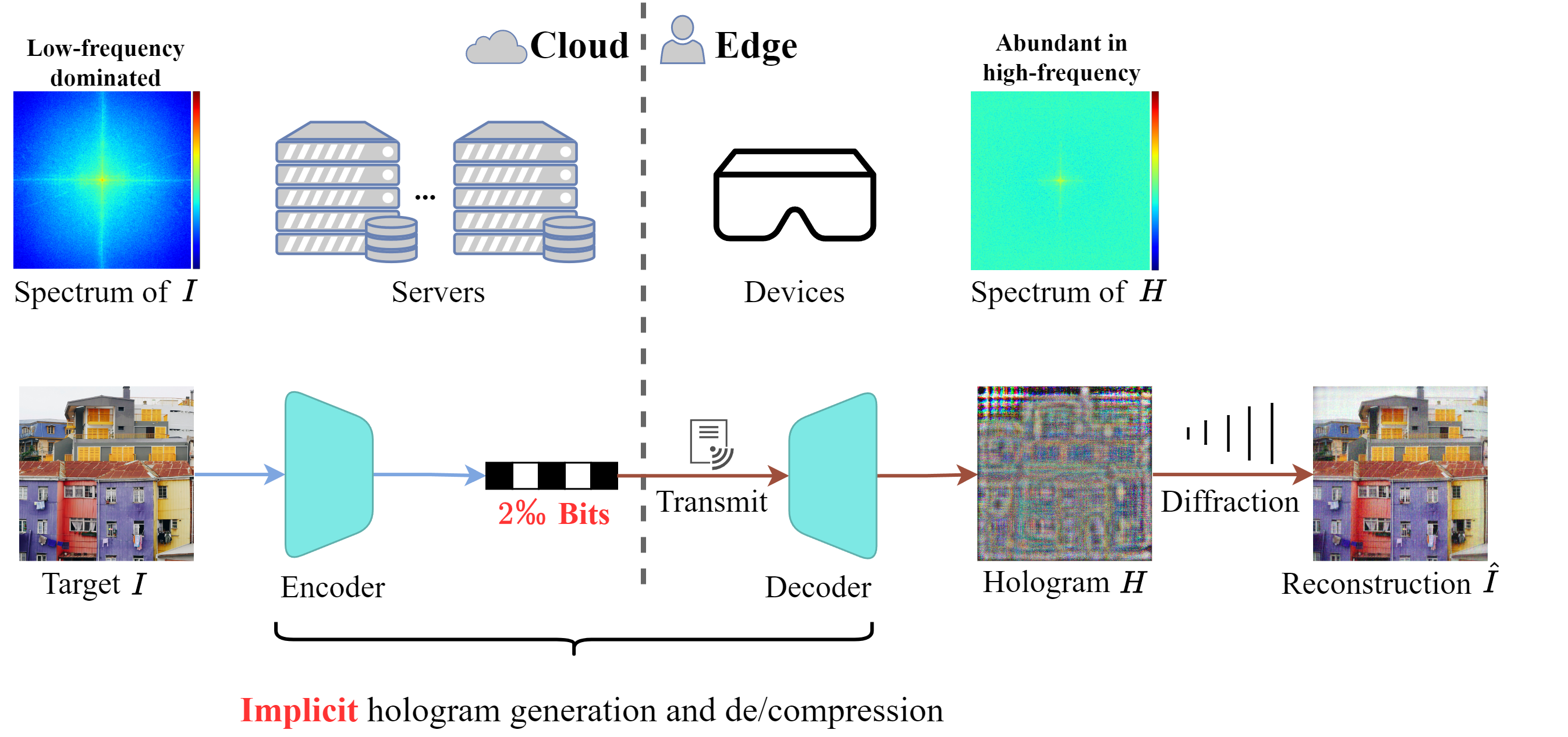
|
Implicit feature compression for efficient cloud-edge holographic displayMi Zhou, Hao Zhang, Mu Ku Chen, Zihan Geng Displays, 2025 website / |
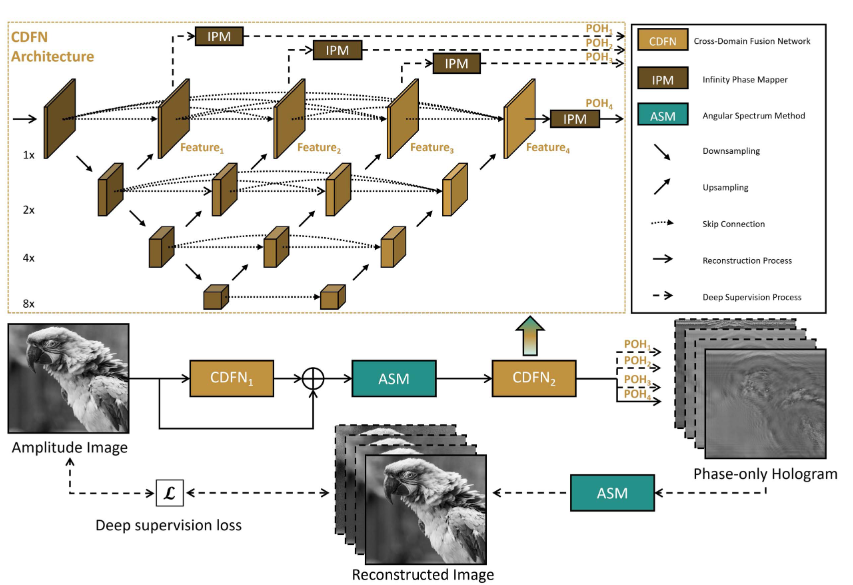
|
Physics-aware cross-domain fusion aids learning-driven computer-generated holographyGanzhangqin Yuan*, Mi Zhou*, Fei Liu, Mu Ku Chen, Kui Jiang, Yifan Peng, Zihan Geng Photonics Research, 2024 code / website / |
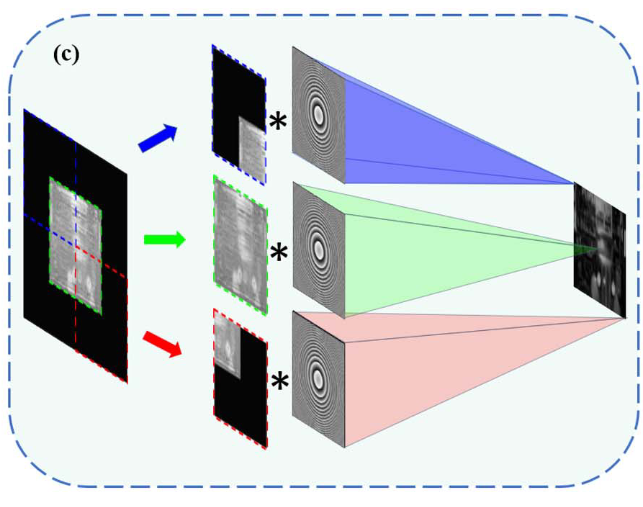
|
Speckle-free holography with a diffraction-aware global perceptual modelYiran Wei, Yiyun Chen, Mi Zhou, Mu Ku Chen, Shuming Jiao, Qinghua Song, Xiao-Ping Zhang, Zihan Geng Photonics Research, 2024 code / website / |
|
|
Prior-free 3D tracking of a fast-moving object at 6667 frames per second with single-pixel detectorsHuan Zhang, Zonghao Liu, Mi Zhou, Zibang Zhang, Muku Chen, Zihan Geng Optics Letters, 2024 website / |
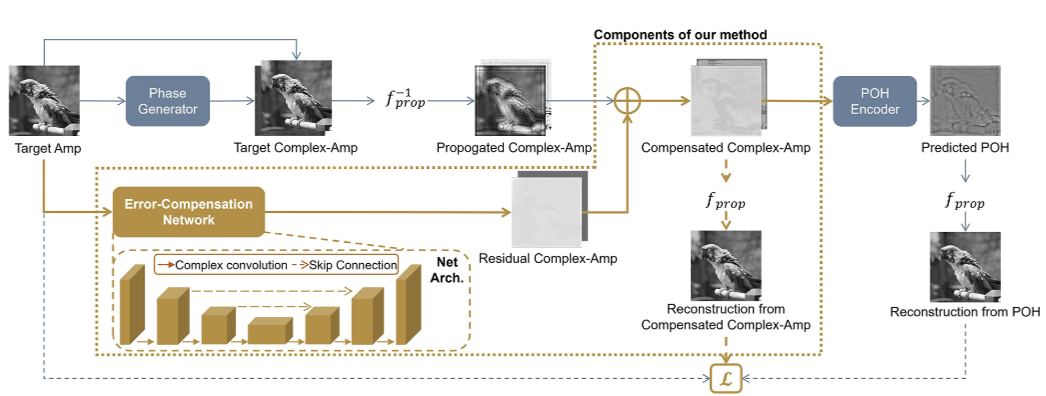
|
Error-compensation network for ringing artifact reduction in holographic displaysGanzhangqin Yuan, Mi Zhou, Yifan Peng, Muku Chen, and Zihan Geng Optics Letters, 2024 code / website / |
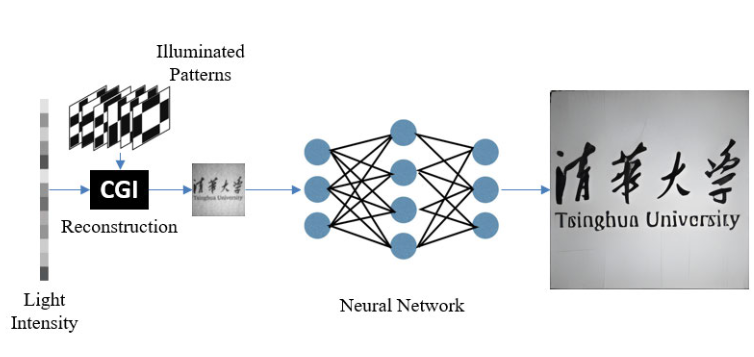
|
Adaptive super-resolution networks for single-pixel imaging at ultra-low sampling ratesZonghao Liu, Huan Zhang, Mi Zhou, Shuming Jiao, Xiao-Ping Zhang , and Zihan Geng IEEE Access, 2024 website / |
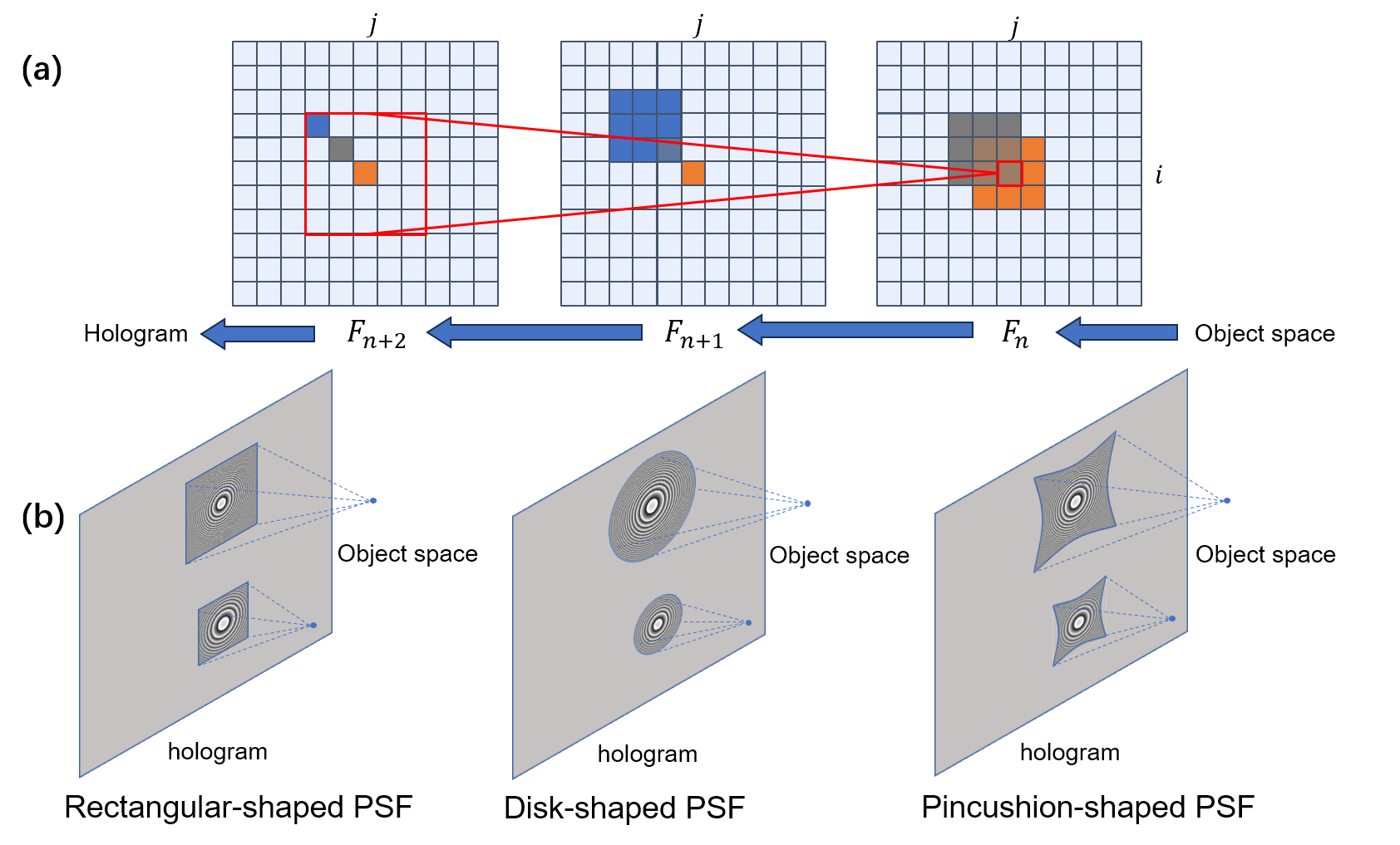
|
Point spread function-inspired deformable convolutional network for holographic displaysMi Zhou, Shuming Jiao, Praneeth Chakravarthula, Yang Yue, Ping Su, Ercan Engin Kuruoğlu, Zihan Geng Advanced Fiber Laser Conference, 2024 website / |
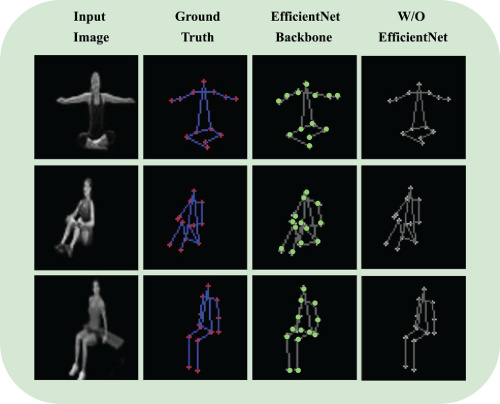
|
Image-free single-pixel keypoint detection for privacy preserving human pose estimationAleksandr Tsoy, Zonghao Liu, Huan Zhang, Mi Zhou, Wenming Yang, Hongya Geng, Kui Jiang, Xin Yuan, Zihan Geng Optics Letters, 2024 website / |

|
End-to-end compression-aware computer-generated holographyMi Zhou, Hao Zhang, Shuming Jiao, Praneeth Chakravarthula, Zihan Geng Optics Express, 2023 code / website / |

|
A wireless integrated system with hybrid embedded sensing for the continuous monitoring of bird flightShilong Mu, Ho Ngai Chow, Mi Zhou, Runze Zhao, Kai Chong Lei, Zihan Geng, Yuxing Han, Wenbo Ding Adjunct Proceedings of the 2023 ACM International Joint Conference on Pervasive and Ubiquitous Computing & the 2023 ACM International Symposium on Wearable Computing, 2023 website / |
|
|
Ultra-efficient single-pixel tracking and imaging of moving objects based on geometric momentHuan Zhang, Zonghao Liu, Mi Zhou, Aleksandr Tsoy, Weizhi Wang, Xiao-Ping Zhang, Zihan Geng Ninth Symposium on Novel Photoelectronic Detection Technology and Applications, 2023 website / |
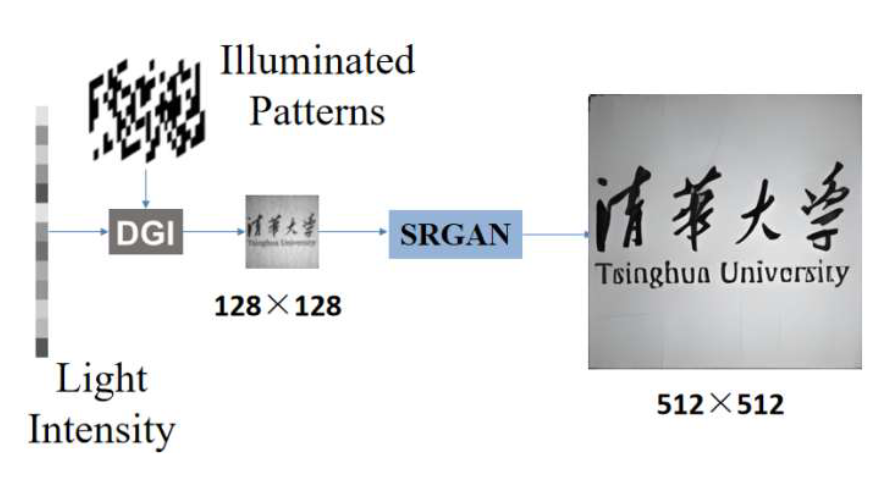
|
GAN-SRSPI: super-resolution single-pixel imaging using generative adversarial networksZonghao Liu, Huan Zhang, Mi Zhou, Aleksandr Tsoy, Shuming Jiao, Weizhi Wang, Xiao-Ping Zhang, Zihan Geng Ninth Symposium on Novel Photoelectronic Detection Technology and Applications, 2023 website / |
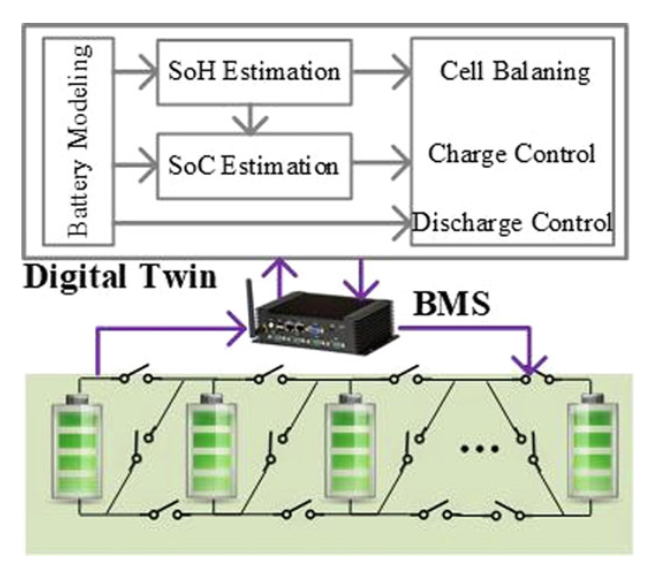
|
A digital twin model for battery management systems: concepts, algorithms, and platformsMi Zhou, Lu Bai, Jiaxuan Lei, Yibin Wang, Heng Li The International Conference on Image, Vision and Intelligent Systems, 2022 website / |
|
Design and source code from Jon Barron's website |